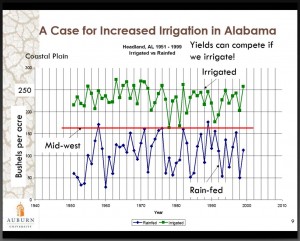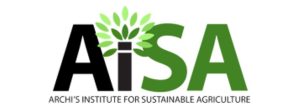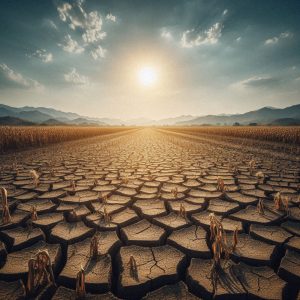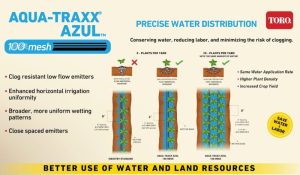The Irrigation Association recently hosted a webinar titled, “Mitigating Effects of Drought — Visions for Sustainable Irrigation” as part of its “Smart Irrigation Month: Bringing Water to Life” webinar series. IA government affairs director John Farner hosted the event and provided a brief overview of drought stricken areas of the United States, and explained how efficient irrigation can help.
Then featured speaker, Dr. Puneet Srivastava of Auburn University, made a compelling case for irrigation of non-irrigated crops in Alabama and Georgia. The southeast boasts prime, rainfed cropland, but farmed acres have steadily declined for decades due to poor yields in comparison with irrigated cropland in other states. This economic downturn could be reversed by irrigating from on-farm reservoirs filled by winter rains, and boosting yields considerably.

Srivastava estimates that a 15 acre pond could irrigate 400 acres, cost under $300,000, and would pose little harm to riparian habitat since water would be collected during the winter months when stream flows are high. Assistance in the form of tax credits or low interest loans would help revitalize these rural communities.
The recording of the webinar is now available for you to view at www.irrigation.org/webinar_series.




